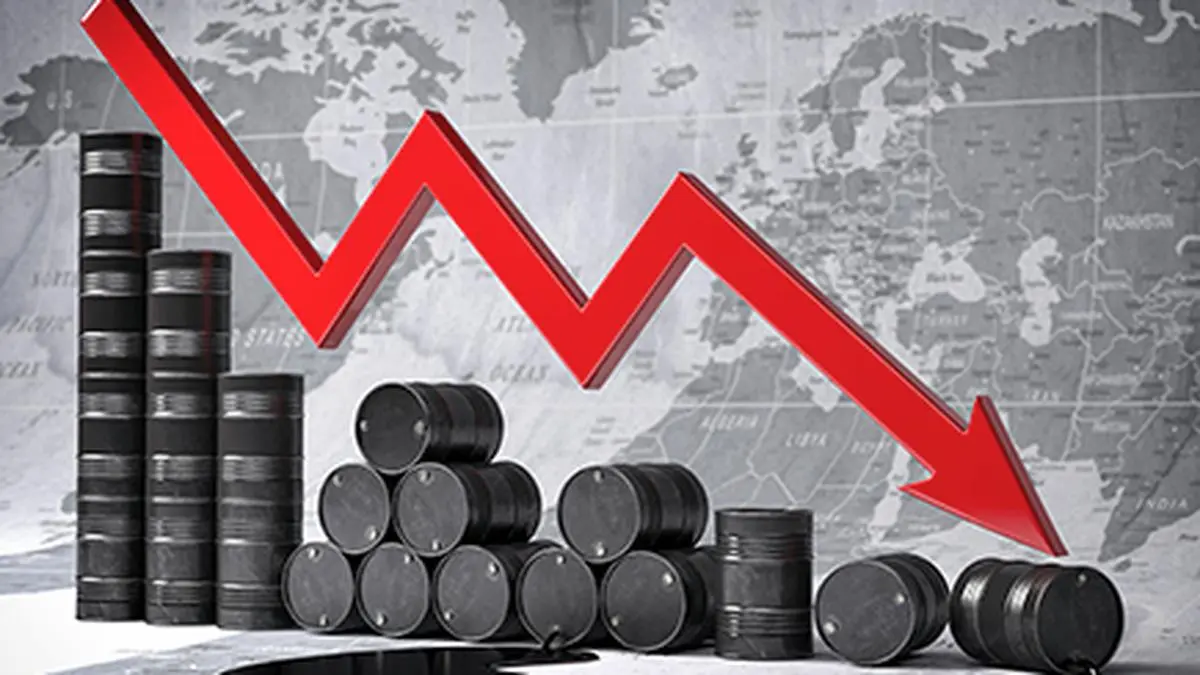IEA pointed out that global oil prices resumed their downward trajectory in late April and early May as trade tensions impacted financial and commodity markets and OPEC+ agreed to a further unwinding of production cuts
Global oil consumption growth is displaying signs of sluggishness driven by a slowdown in economic activity, particularly in Asia led by China and India, which has been exacerbated by geopolitical conflicts and tariff wars.
Energy tracking agencies such as the International Energy Agency (IEA) and the US Energy Information Administration (EIA) have pointed to the slowdown in crude oil demand growth, due to subdued economic growth, particularly in Asia.
The IEA in its May oil market report pointed out that signs of a “slowdown” in global oil demand growth may already be emerging and will be tracked closely.
On the other hand, the US EIA in its May 2025 update of the Short-Term Energy Outlook (STEO) said, “We forecast consumption growth of crude oil and other liquid fuels will slow down over the next two years, driven by a slowdown in economic growth, particularly in Asia.”
Sluggish economic growth
“Following a relatively robust Q1 2025, latest non-OECD delivery data, especially for China and India, have been weaker than expected. We now see growth at a more subdued rate of 650,000 barrels per day (b/d) for the remainder of 2025, resulting in an average annual increase of 740,000 b/d followed by a rise of 760,000 b/d in 2026,” IEA projected.
Despite the recent soft patch, emerging economies remain the main driver of growth, adding 860,000 b/d this year and 1 million b/d (mb/d) next year in contrast to an accelerating decline in OECD countries of around 120,000 b/d and about 240,000 b/d, respectively, the agency said.
Similarly the US EIA in its May 2025 update of the Short-Term Energy Outlook (STEO) said, “Although oil consumption will still grow, we forecast it will grow by less than 1 mb/d in 2025 and 2026, which would be three consecutive years below 1 mb/d. During the two decades before the pandemic, world oil consumption grew by an average of 1.3 mb/d.”
Considerable uncertainty over world trade, manufacturing, and investment points to downside risk in economic growth, which has a direct effect on oil consumption, it added.
The tariffs announced on the US trading partners in early April may have already slowed global trade in physical goods, based on preliminary container vessel departure data from Bloomberg, US EIA said.
Less global trade will lead to fewer shipments of goods on vessels as well as fewer trucking deliveries and could affect employment and leisure travel as well. All these factors weigh on oil consumption growth, it explained.
“The biggest forecast slowdown in oil consumption growth is in Asia. Compared with our January STEO, when we forecasted oil consumption growth in Asia to average 0.7 mb/d over 2025 and 2026, we now expect consumption growth will slow to average 0.5 mb/d over those years,” the US government agency said.
On the other hand, OPEC in its May 2025 monthly oil market report (MOMR) said that global oil demand growth forecast for 2025 is expected to remain at 1.3 mb/d, Y-o-Y, unchanged from last month’s assessment.
“Minor adjustments were made in Q1 2025, mainly due to actual data. In the OECD, Americas is expected to lead oil demand growth, supported by an uptick from Asia Pacific. However, OECD Europe is projected to show a minor contraction of about 13,000 b/d Y-o-Y. In the non-OECD, oil demand is forecast to grow by about 1.2 mb/d, Y-o-Y, driven by Other Asia, followed by China, India, the Middle East and Latin America,” it added.
Oil prices
IEA pointed out that global oil prices resumed their downward trajectory in late April and early May as trade tensions impacted financial and commodity markets and OPEC+ agreed to a further unwinding of production cuts.
Bearish sentiment subsequently eased somewhat after the US reached a trade deal with the UK on May 8, and a 90-day accord with China on May 12, it added.
“Nonetheless, increased trade uncertainty is expected to weigh on the world economy and, by extension, oil demand. Brent crude oil futures slumped by $14 per barrel in April to a four-year low of just above $60 by early May, before rebounding to around $66 a barrel at the time of writing,” it said.
The US EIA said that Brent crude oil spot price averaged $68 per barrel in April 2025.
“In our forecast, increasing oil production outpaces annual oil demand growth, which rises by around 1 mb/d in both 2025 and 2026, leading to the accumulation of oil inventories globally. We expect the rising inventories will result in the Brent price averaging $62 per barrel in the second half of this year and falling to $59 next year,” it projected.
More Like This
Published on May 19, 2025


